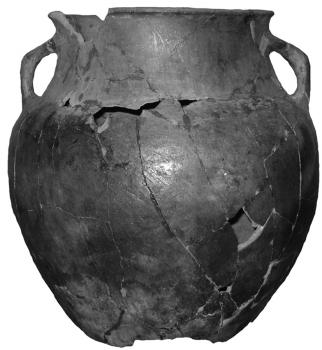American Journal of Archaeology | The Journal of the Archaeological Institute of America
You are here
The End of the Kura-Araxes Culture as Seen from Nadir Tepesi in Iranian Azerbaijan
July 2018 (122.3)
The End of the Kura-Araxes Culture as Seen from Nadir Tepesi in Iranian Azerbaijan
By the late fourth to early third millennium B.C.E., Kura-Araxes (Early Transcaucasian) material culture spread from the southern Caucasus throughout much of southwest Asia. The Kura-Araxes settlements declined and ultimately disappeared in almost all the regions in southwest Asia around the middle of the third millennium B.C.E. The transition to the “post–Kura-Araxes” time in the southern Caucasus is one of the most tantalizing subjects in the archaeology of the region. Despite current knowledge on the origins and spread of the Kura-Araxes culture, little is known about the end of this cultural horizon. In this field report, we argue that the Kura-Araxes culture in the western Caspian littoral plain ended abruptly and possibly violently. To demonstrate this, we review the current hypotheses about the end of the Kura-Araxes culture and use results from excavations at Nadir Tepesi in Iranian Azerbaijan.
The End of the Kura-Araxes Culture as Seen from Nadir Tepesi in Iranian Azerbaijan
By Karim Alizadeh, Sepideh Maziar, and M. Rouhollah Mohammadi
American Journal of Archaeology Vol. 122, No. 3 (July 2018), pp. 463–477
DOI: 10.3764/aja.122.3.0463
© 2018 Archaeological Institute of America


